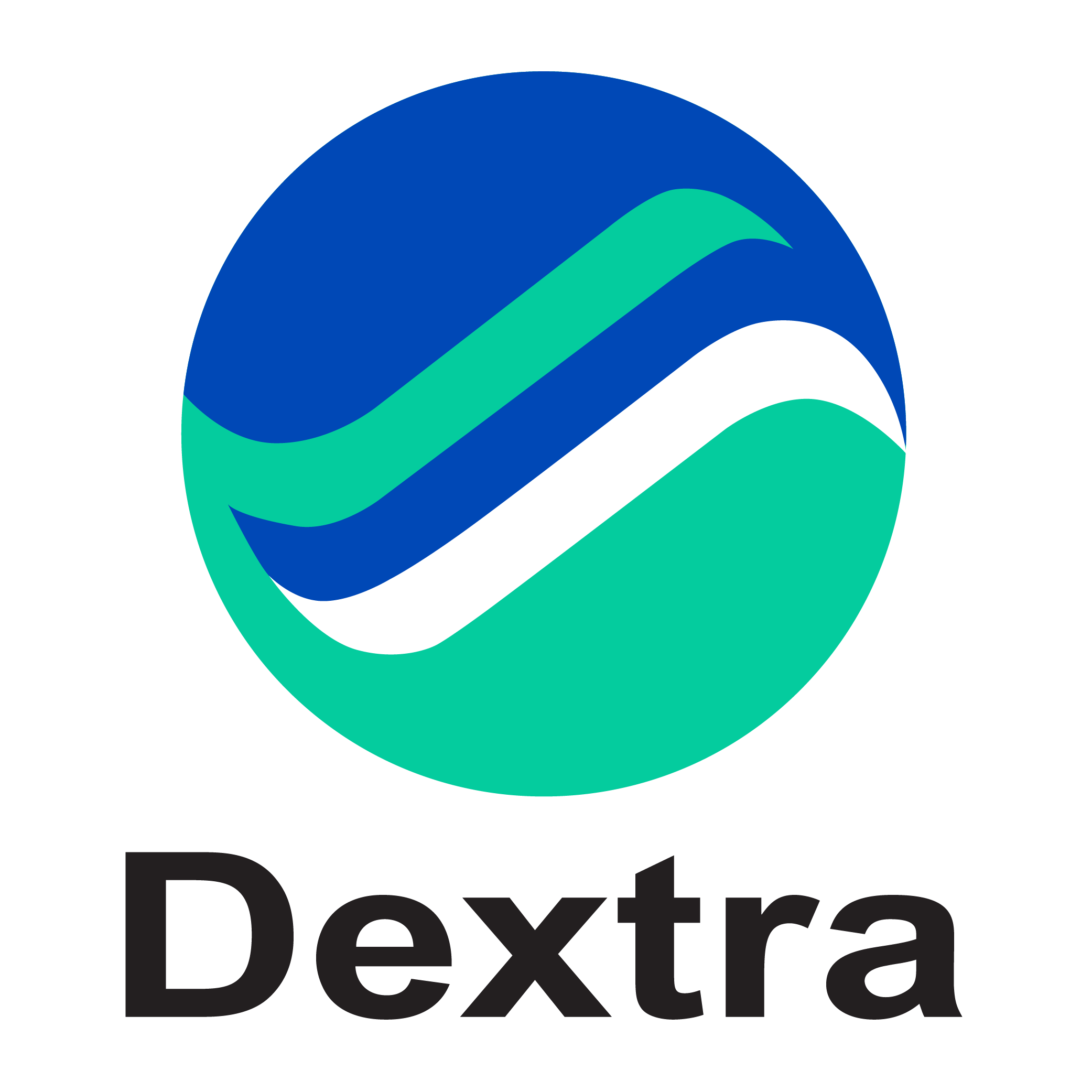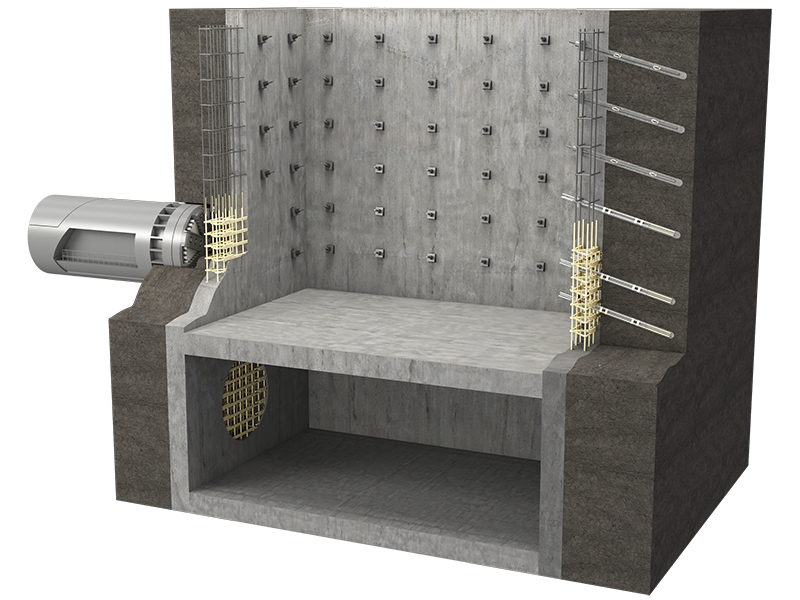2nd HCMC Environment Sanitation
The Second Ho Chi Minh City Environmental Sanitation Project consists of the construction of an interceptor that will convey the wastewater collected from the Nhiêu Lộc-Thị Nghè Canal and District 2 areas of Ho Chi Minh City to a treatment plant.
Dextra has been involved in the construction of the large underground system by supplying 40 Soft-Eyes to assist in the tunnel breakthroughs.
The cuttable Glass Fiber Reinforced Polymer (GFRP) Soft-Eyes were applied to reinforce 21 shafts, allowing penetration by the Tunnel Boring Machine (TBM) without the need to remove steel reinforcement and without the risk of damaging the TBM’s head.
With its completion planned for 2022, wastewater services in HCMC will become considerably more sustainable and will be remembered as the first major step toward alleviating the environmental and sanitation issues of the country.













